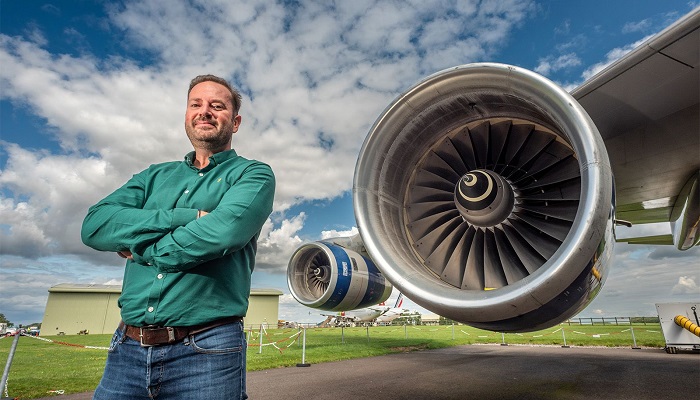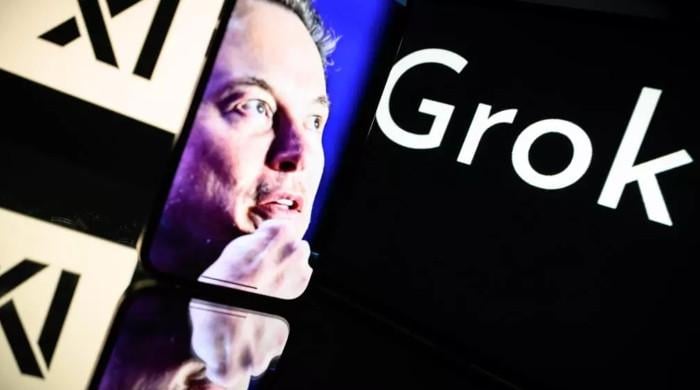Poop-powered planes: Plug your nose as this stinky biofuel may be future of sustainable aviation
While concept of sustainable aviation fuel is not new, utilising sewage as raw material is a groundbreaking idea
January 06, 2024

In the quest for sustainable aviation, Firefly Green Fuels, based in the UK, has turned heads with an unconventional approach – creating jet fuel from human waste, CCN reported.
While the concept of sustainable aviation fuel (SAF) is not new, utilising sewage as a raw material is a groundbreaking idea that has sparked intrigue within the industry.
Commercial aviation contributes around 2.5% of global carbon emissions, prompting a search for eco-friendly alternatives.
Electric and hydrogen-powered planes are in development, but SAF is currently seen as a more feasible solution, potentially contributing up to 65% of the emissions reduction needed for net-zero aviation by 2050, according to the International Air Transport Association (IATA).
Firefly's sewage-derived SAF is produced through hydrothermal liquefaction, a process converting waste into carbon-rich biochar and crude oil. Although still in the experimental phase within laboratory settings, early results show promise, with a 90% lower carbon footprint compared to standard jet fuel, as per a life cycle analysis by Cranfield University.
James Hygate, CEO of Firefly, highlights the abundance of sewage worldwide, stating, "There's loads of it, it's everywhere in the world, and there's not really any good use for it at the moment, which makes a very low-value material." The company believes that turning waste into fuel could be a significant, yet untapped, resource.
Despite the potential benefits, experts urge caution. Dr. Anna Hewitt emphasizes that while alternative fuels like sewage-derived SAF might have a role in the short to medium term, the focus should remain on scalable, zero-emission solutions to achieve net-zero aviation by 2050.
Hewitt also notes that, like other SAFs, poop-powered flight does not address emissions during flight or the issue of contrails contributing to aviation-related warming.
As the aviation industry explores inventive paths to sustainability, the feasibility and scalability of poop-powered flight add a unique twist to the ongoing conversation around the future of air travel.











